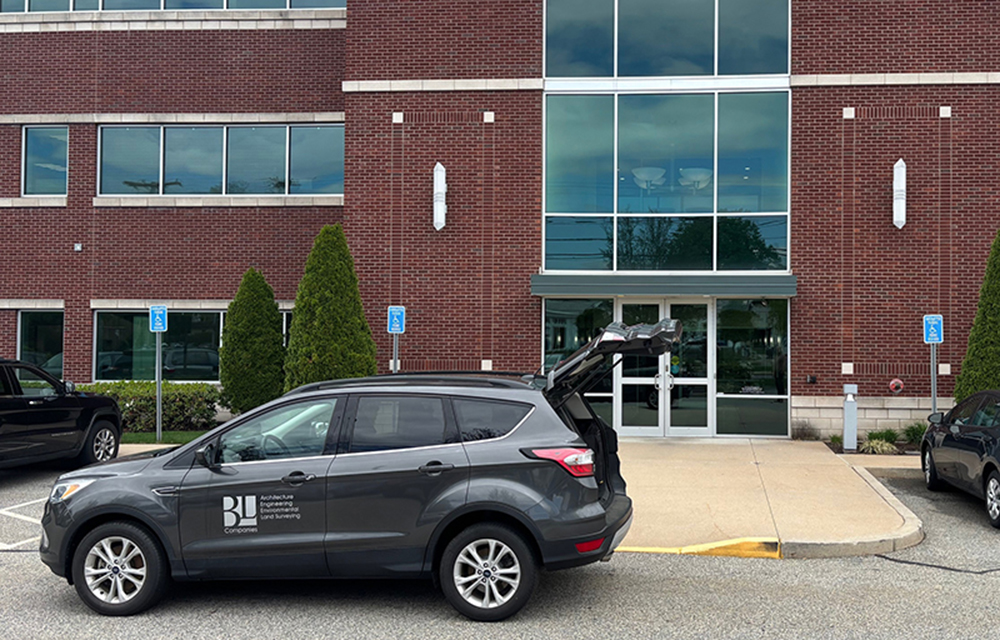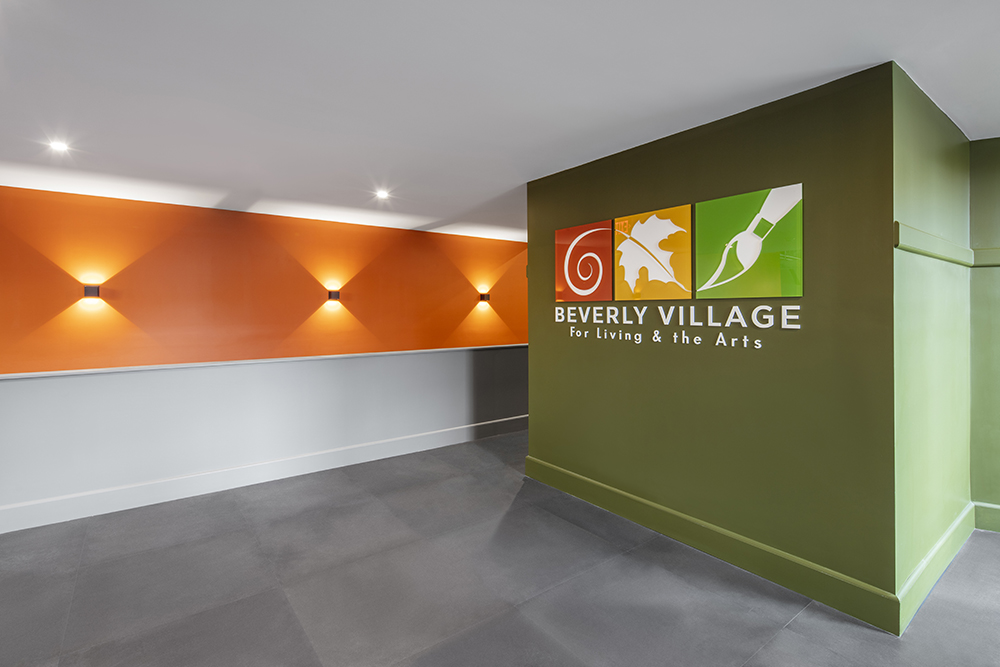News: Construction Design & Engineering
Posted: August 16, 2012
Medical centers capitalize on Lavallee Brensinger Architects' expertise in clinical simulation centers
Medical education and training has changed dramatically in recent years. From academic medical centers to small community hospitals, clinical simulation centers have emerged as the premiere setting for educating and training a wide range of "learners." Users typically include medical and nursing students and, seasoned healthcare professionals, as well as emergency response personnel. A successful clinical simulation center can promote excellence in clinical care, advance patient safety initiatives, test operational efficiencies and pilot systems, and improve multidisciplinary team performance and communication in a safe, controlled environment.
In the past 5 years, Lavallee Brensinger Architects has designed and completed three new state-of-the-art clinical simulation centers at Dartmouth-Hitchcock Medical Center, Concord Hospital, and Fletcher Allen Health Care/University of Vermont and is currently in design of a fourth facility for the Western Connecticut Health Network. The firm is recognized as a regional leader and expert in the planning and design of these specialized facilities.
In February 2010, Fletcher Allen Health Care/University of Vermont hired Lavallee Brensinger Architects to program and design a new 8,000 s/f clinical simulation laboratory to be completed for the Spring 2011 semester, less than 12 months to complete the design and construction process. The firm's highly collaborative design process began with a rigorous programming exercise involving site visits to comparable locations as well as interviews with key users. Participants included clinical teams from the Medical Center and educators from the College of Medicine and College of Nursing and Health Sciences with a clear goal to determine the simulation and training needs for all the potential learners who were expected to use the new center. The mission of the new facility was to allow learners to achieve clinical skill competencies, improve patient safety and patient care, and measure improvement in clinical performance as a result of simulation encounters.
"Lavallee Brensinger Architects did an outstanding job on our new simulation lab. Considering the entire project was pulled off in only one year, the results are truly amazing," said William Jeffries, Ph.D., senior associate dean for Medical Education at UVM College of Medicine. "The lab is a model for how to get it right - fully functional, versatility built in, and on budget! I appreciate all the design team has done for us."
The final space program includes 6 patient room simulation labs, a skill/task training lab, surgical skills lab, a multi-purpose lab for OR, ICU, and Trauma simulations, associated control rooms, debrief rooms, and support space for storage, repair, technicians work space, and reception/administration space. Learning labs were designed to accommodate standardized patients (actors), low and high fidelity human patient simulators, partial task trainers, and computerized/virtual reality simulation.
3 Key Success Factors in the programming and design of Clinical Simulation Centers:
* Location: To promote high utilization, the Center should be located within the Hospital proper or at least on campus.
* Flexibility: Learning labs should be designed to be multi-functional to accommodate multiple scenarios for individuals as well as multidisciplinary teams.
* Sufficient staff support and storage space: With a high degree of flexibility, storage, prep, and "back stage" space is needed to accommodate simulation and equipment needs.
Richard Pizzi, AIA, is principal/partner at Lavallee Brensinger Architects, Manchester, N.H.
MORE FROM Construction Design & Engineering
Reveler Development plants a tree for grand opening of The Eddy
Biddeford, ME According to Reveler Development, The Eddy, a new multi-family community located at 8 Eddy Ave., celebrated its grand opening, following the final phase of

Quick Hits
Columns and Thought Leadership

The rise of incubators and co-working spaces: The latest in life sciences - by Matt Combs
In recent years, the life science industry has witnessed a shift in how companies operate and innovate. One of the key driving forces behind this transformation is the emergence of incubators and co-working spaces specifically tailored to meet the unique budget and schedule needs of startups.

The design-build advantage: Integrated interior design solutions - by Parker Snyder
When it comes to corporate interior spaces for both commercial and industrial projects, partnering with a design-build firm with in-house interior design services can offer clients many benefits. Unlike traditional delivery methods where interior designers operate independently from the design and construction teams, often creating a longer project timeline as cost negotiations and revisions ensue

Ask the Electrician: Is summer a prime time for commercial electrical maintenance?
The answer is “Yes!” While January marks the official new year, many businesses view September as a fresh start. This makes summer an ideal time for commercial property owners to schedule long-term electrical maintenance projects.

Careers in Construction Month focus on training and safety - by Joe Camilo
October is Careers in Construction Month, and rarely has it been more consequential. According to our chapter’s national parent organization, the construction industry needs to attract half-a-million new workers in the coming year to meet demand. Addressing that need is a huge job, but we at ABC MA are trying to do our part.







.png)